11 Open Source Data Exploration Tools You Need to Know in 2023
ODSC - Open Data Science
FEBRUARY 24, 2023
There are also plenty of data visualization libraries available that can handle exploration like Plotly, matplotlib, D3, Apache ECharts, Bokeh, etc. In this article, we’re going to cover 11 data exploration tools that are specifically designed for exploration and analysis. Output is a fully self-contained HTML application.

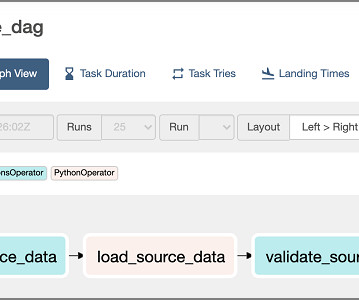
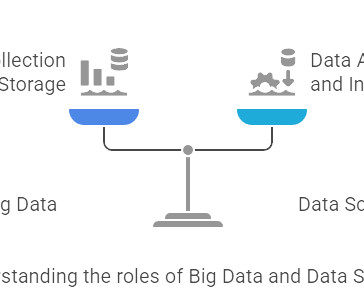
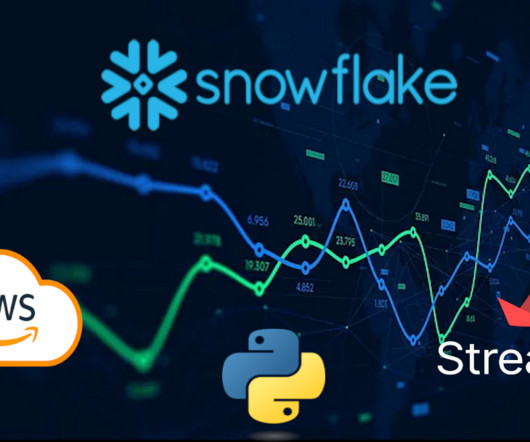
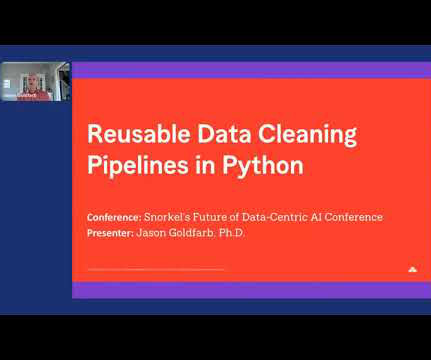
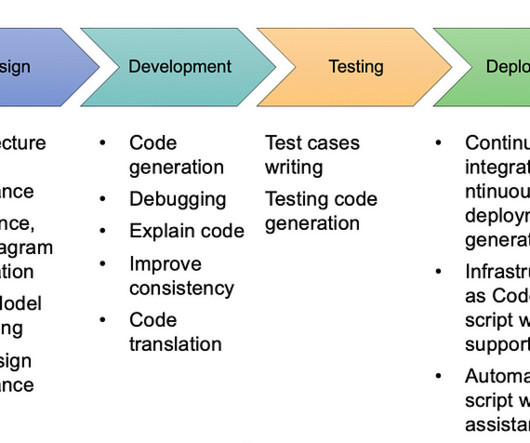


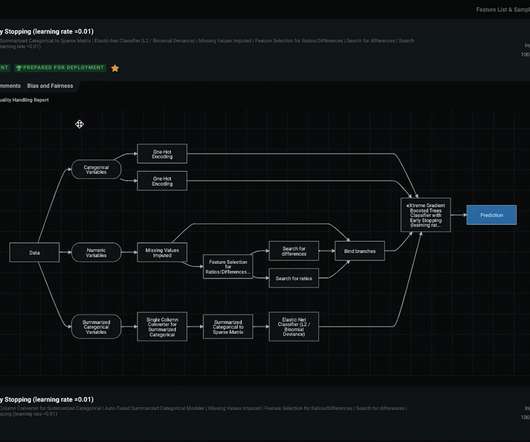
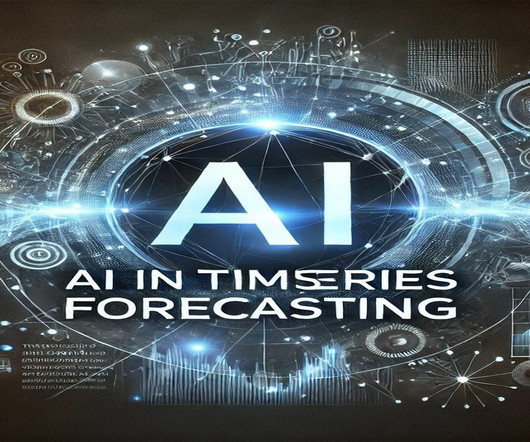







Let's personalize your content